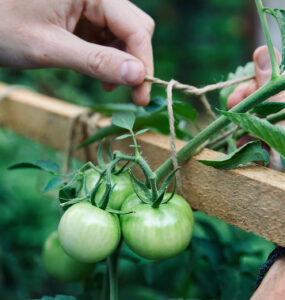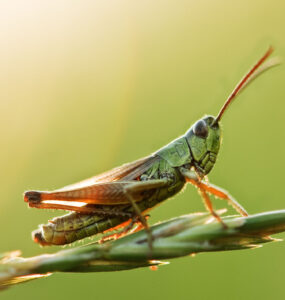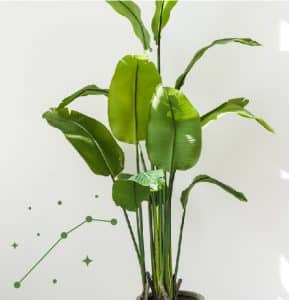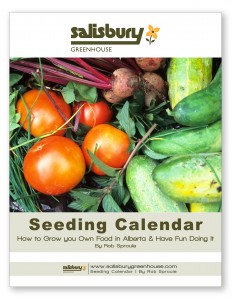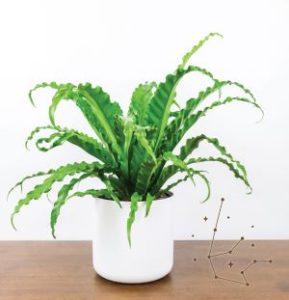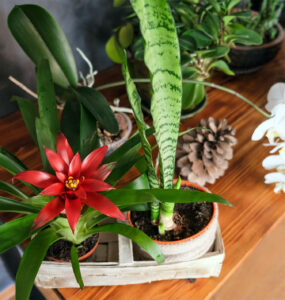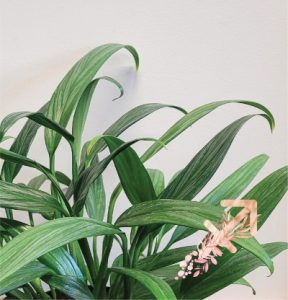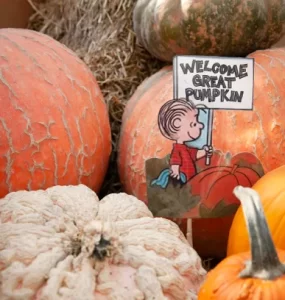Dealing with Late Blight on Potatoes
by Rob Sproule
From 1740 to 1741 in Ireland approximately 1 million people starved to death as the potatoes they relied on rotted in the fields. Like many tragedies throughout history, the horror of the Great Famine arose from what is now a common and very treatable problem.
The culprit in Ireland, Late Blight, is a nasty fungal disease that rears its soggy head during wet, cool summers. It can easily ruin your entire potato crop, and can affect tomatoes and eggplant, as well.
This summer, our second consecutive wet summer, I expect the disease to be widespread. I chatted with Alison Beck, an author and gardening expert at Salisbury Greenhouse, about how to spot Late Blight and what to do about it.
Identification
The good news is that Late Blight is easy to spot, but the bad news is that if not treated right away the infected plant can die within days.
Alison advises to watch for, “brown, often soggy, spots on leaves, stems and fruit that spread quickly in moist weather. Stored fruit that is infected will rot even if it appeared fine at the time of picking. Infected plants should be destroyed. Throw them into the garbage or burn the plants. Do not compost them.”
The disease can spread rapidly, either through the soil or from airborne spores, which can spread up to 20 km on a windy day. The fungus can only take hold when the leaves are wet consistently during the night.
How to Avoid It
Late Blight starts on a potato plant’s leaves. As with powdery mildew on the lawn, the fungus gets hold of the leaves when they are wet during our cool nights. The best way to avoid the disease is to keep the leaves dry. Alison recommends:
“Water early in the day (or not at all if not needed), to give the foliage time to dry before night. Don’t wet the leaves when watering.”
In the spring, purchase your seed potatoes and tomato plants from a vendor that grows them on site or imports them from a nearby source. The disease spreads by being imported from regions where it’s prevalent.
Treatment
Prevention is the best treatment, but if you spot the soggy signs of the disease you can usually still save your plants if you act fast. Alison recommends using a powder with Copper Sulfate as the active ingredient. Sprinkling this on the leaves will essentially deprive the fungus of the moisture it needs to do its dastardly business.
If you do find yourself with Late Blight, make sure that you don’t use the infected patch of garden to plant potatoes or tomatoes in next year. Although the fungus can’t survive our winters, it’s best to be safe.
Alison notes that the potatoes of infected plants may be okay. Watch them carefully for brown spots and, if you usually grow your own seed potatoes, buy local potatoes to plant the next spring just in case.



